Category: ww2 Soviet Navy
WW2 Soviet Navy
Soviet Aircraft Carriers Projects
WWI Russian and civil war seaplane Carriers Interwar & WW2 Soviet Aircraft Carriers projects: 2 Conversions + Project 71, 72,…
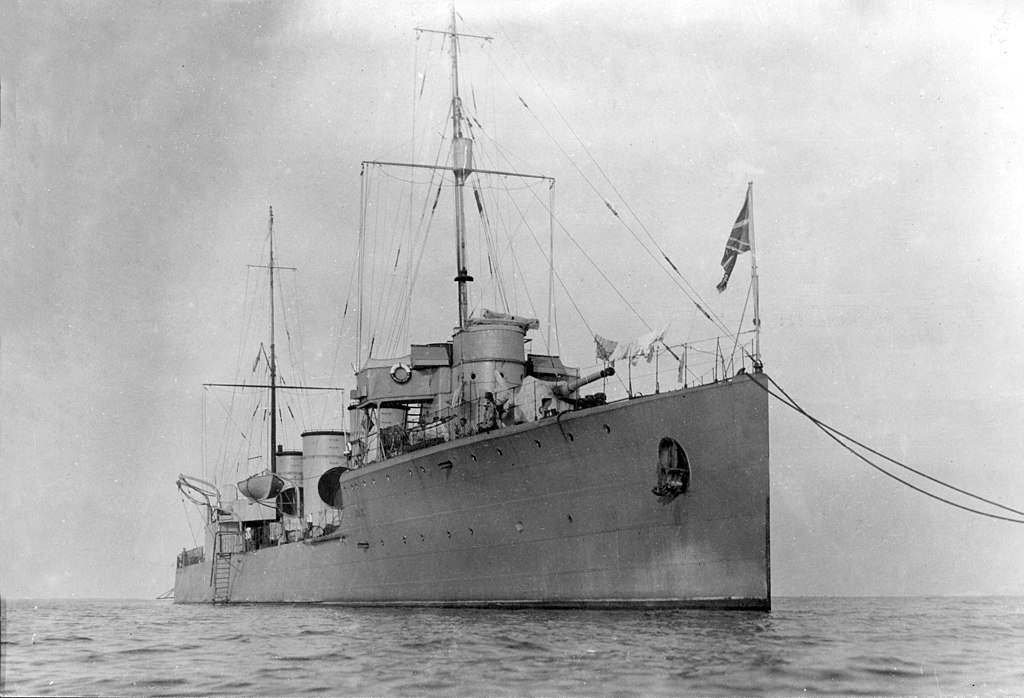
Novik class destroyers (1911-1917)
A Long lineage and new standard: Novik (1911) Russian Empire/Soviet Navy 1910-1941 In destroyer history, there are a few landmarks…
ww2 soviet cruisers
WW2 Soviet Cruisers Between prewar, interwar and cold war designs, the Soviet Union’s Navy (Sovietsky Flota) aligned about 32 cruisers,…
ww2 soviet sub-chasers: MO types, BO types and guardships
WW2 Soviet Submarine Hunters Development of sub-chasers: The WWI experience Submarine-chasers (or “submersible” chasers as they shoud be called) appeared…
ww2 Soviet Minesweepers
WW2 Soviet Minesweepers Soviet Navy – 327 minesweepers 1924-45 Introduction: Soviet Mine warfare WW2 About early Russian naval mines &…
ww2 Soviet Motor Torpedo Boats
Soviet WW2 Motor Torpedo Boats Soviet Navy 1921-45: Circa 400 Boats During WW2, the Soviet Navy went on producting motor…
Chapayev class cruisers
Project 68 Chapayev class cruisers (1941) 5 cruisers (1941): Chapayev, Zheleznyakov, Kuybyshev, Chkalov, Frunze The Chapayev class cruisers were a…
WW2 Soviet submarines
WW2 Soviet submersibles Soviet Navy – 238 submersibles 1928-45 Boats surviving the civil war long before the civil war, with…
Sovetsky Soyuz class battleships (1938)
Soviet Navy Stalin’s mighty battleships: In 1938, the final five-year plan, under the express direction of Stalin, included a fleet…
Kirov class cruisers
Kirov class cruisers (1930) Soviet Navy Light cruisers (1930-60) Kirov, Frunze, Maxim Gorky, Molotov, Kaganovitch, Kalinin The Kirovs: Italian flavored…

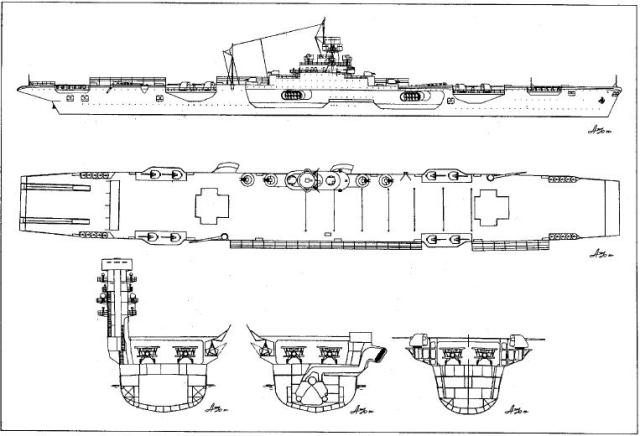
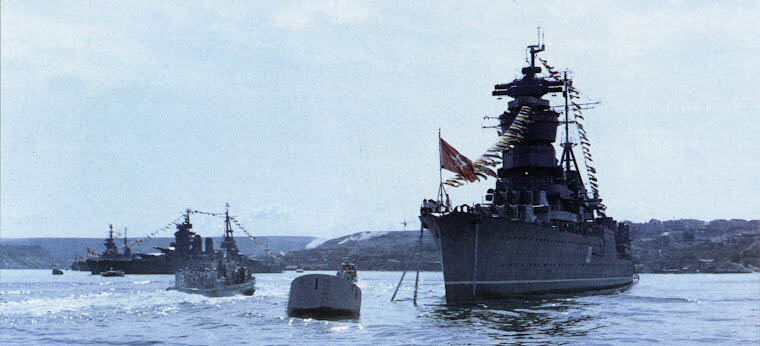
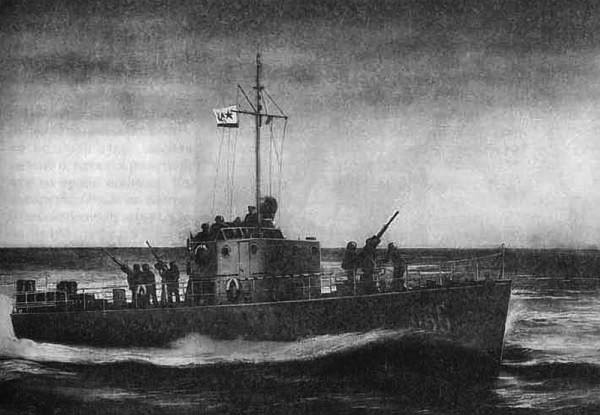

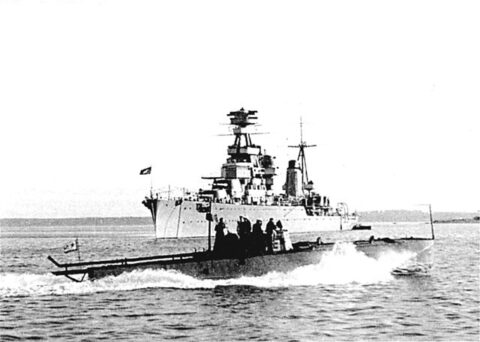
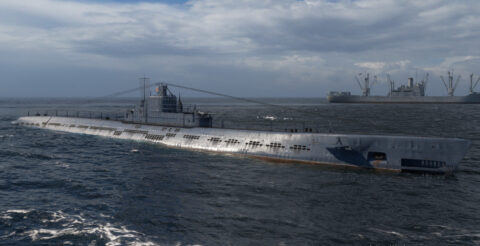
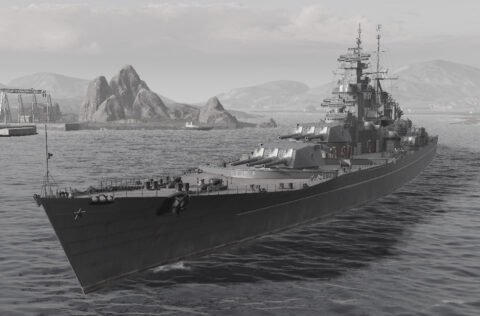
 dbodesign
dbodesign